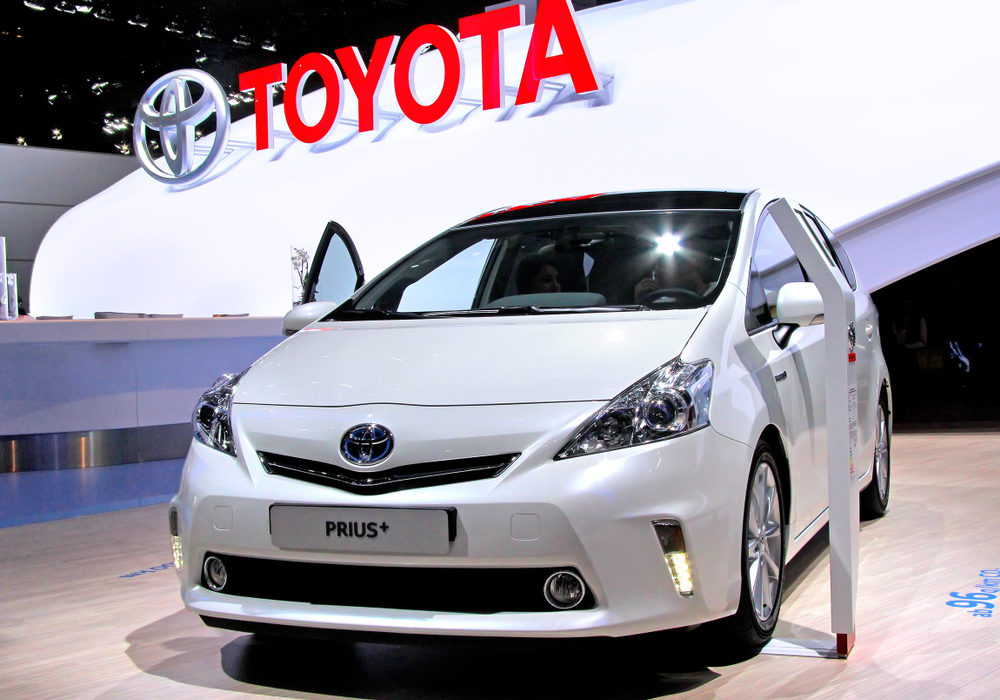Toyota is one of the leaders in the development of hybrid cars. The Toyota Prius hybrid has remained one of the most crucial game replacements for the brand in the global car market. The Toyota Prius hybrid adoptions the same battery technology that appeared in the 1990s.
The automaker is ready to introduce new technologies in OEM and other Prius hybrid cars. The first Toyota Prius was a hybrid with a nickel-metal hydride battery. It has since been replaced by Toyota’s new nickel-metal hydride battery technology; Which debuted in early 2021 with the updated Prius C and Aqua.
The new bipolar battery, according to the manufacturers, is 1.5 times larger than the old technology. Also, the latest technology allows 1.4 times more battery cells in the same space, allowing for more energy density. The Japanese carmaker started working on the new technology back in 2016. This technology uses the same space but gives twice as much output, as noted by Motoyoshi Okumura, Toyota Battery Development Group Manager.
According to Okumura, the public thinks that nickel-metal hydride batteries are old technology, but this is not the case in reality. The company started developing this new type of battery because an achievement record was set after 20 years of its use. The basic design has not changed significantly. So the company aims to increase the challenge even further.
Toyota Updates
As the report, Toyota will benefit from the bipolar nickel-metal hydride battery for its hybrid freights that require accelerated bursts of energy. The automaker believes that using lithium-ion for all-electric cars that require more power makes more sense.
The Japanese car corporation is currently working on an updated generation of lithium-ion batteries. At the same time, it creates solid-state batteries that are more powerful and efficient than conventional batteries. As the car manufacturer believes, maintaining a variety of options is crucial to achieving carbon neutrality.
















